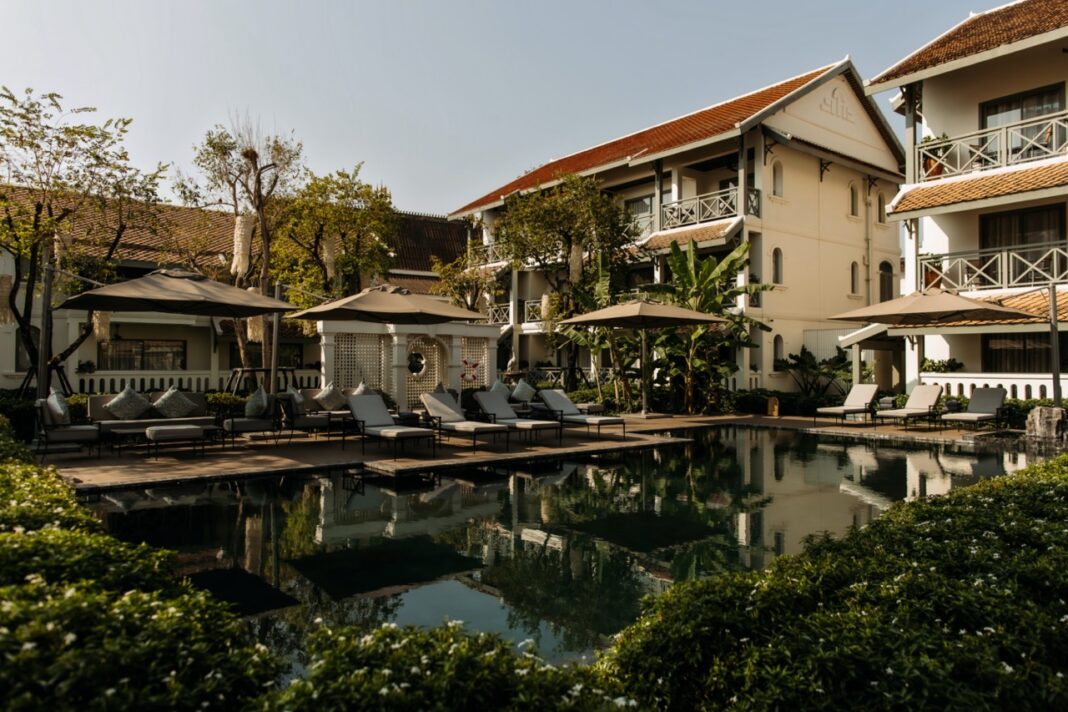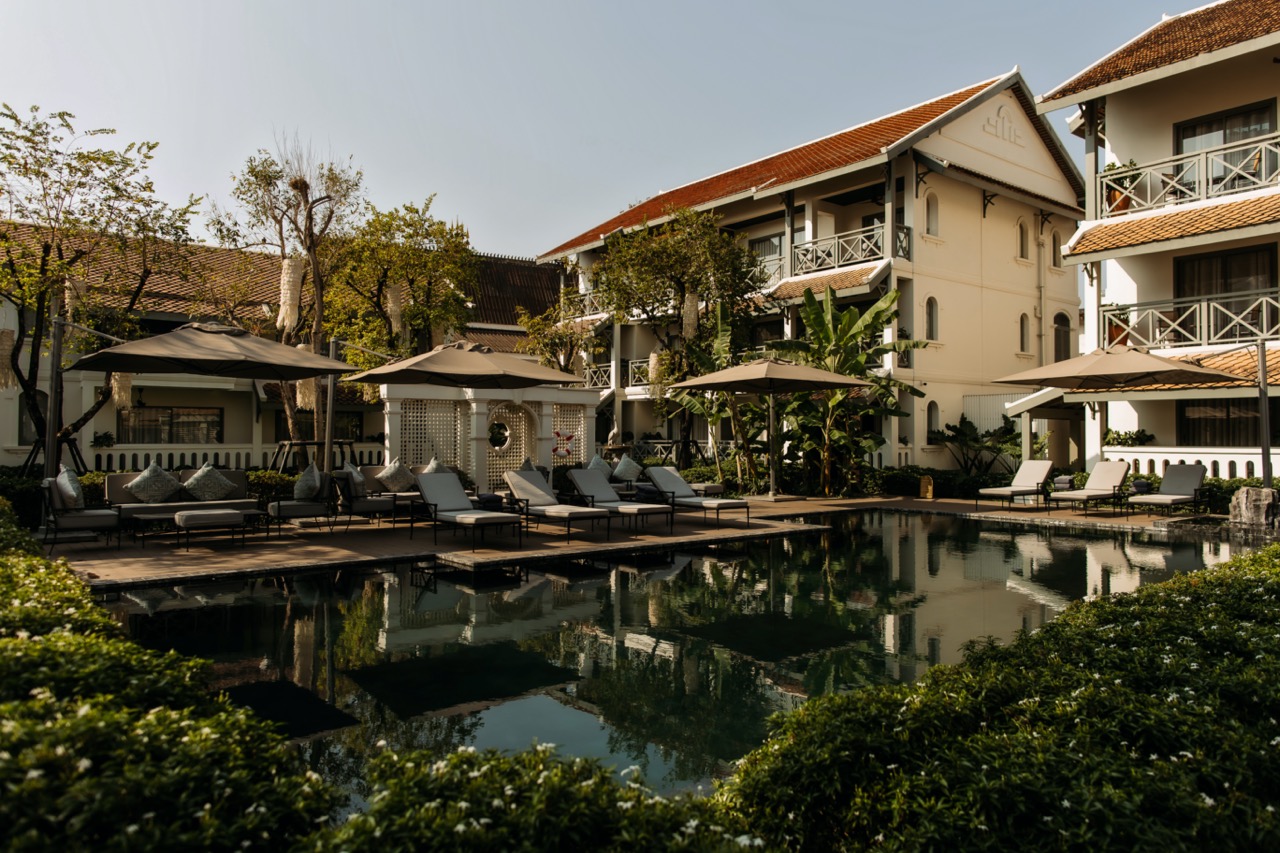
A Stay at Souphattra Heritage Vientiane
Text by: Jason Rolan
Photos by: Souphattra Heritage Vientiane
In the heart of Vientiane’s old town, just beyond the honk and hum of the city’s rising modernity, stands a property that doesn’t clamor for attention—it invites you, gently. Souphattra Heritage Vientiane is not a hotel you merely stay at; it’s one you inhabit, like a well-crafted novel, page by sun-drenched page.
Once the Thai Ambassador’s Residence, this colonial-era mansion has been meticulously reimagined into a boutique retreat that reads like a love letter to Lao culture. Its French-inspired facades and timber balconies overlook quiet courtyards and a jewel-blue pool, wrapped in flowering vines. Inside, each of the 26 rooms and suites is its own chapter—polished teak, silken textiles, and modern furnishings weave together a sense of place that is unmistakably Lao, yet luxuriously timeless.
But beyond the beauty, it is the narrative that matters. At Souphattra, the story is one of cultural continuity. General Manager Pacharamonaporn Kreuasukhon speaks of the hotel not as a business but as a responsibility—a living archive where the soul of old Vientiane is curated with care. “We are storytellers of Lao heritage,” she says, and it’s hard to disagree. Every corridor is a quiet exhibit; every suite, a subtle performance of grace and intention.
Culinary exploration is another thread in the Souphattra experience—stitched together through three distinct dining spaces, each with its own rhythm and character. Sivilai, the hotel’s all-day dining restaurant, blends contemporary flair with traditional Lao recipes, offering seasonal menus that feel both comforting and quietly adventurous. Le Café, located near the lobby, is where mornings blend into the afternoon—with the hum of conversation, a sumptuous cake, and locally roasted coffee that lingers on the palate. Then there’s QIU19, a bold reinterpretation of Chinese cuisine and dim sum culture. With its sultry lighting, gold accents, and curated cocktails, it plays host to evenings that stretch effortlessly from dinner into nightcap. Together, they offer a sensorial arc that complements the hotel’s refined tone—never overstated, always intentional.
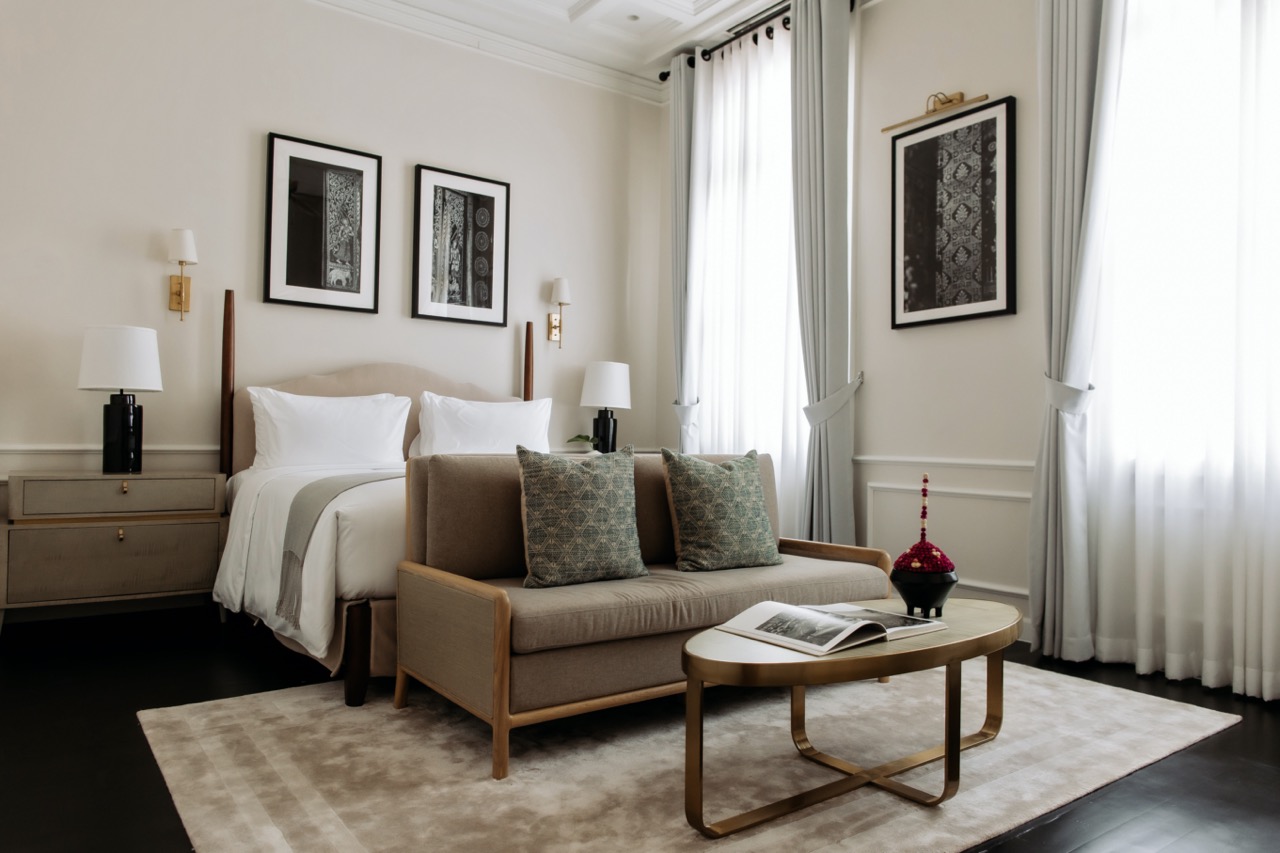
The location is poetic. Step outside and you’re just minutes from the historical significance of Wat Sisaket, the quiet serenity of Wat Ong Teu, or the bustle of the Mekong Night Market. Yet cross the threshold back into Souphattra, and the city recedes. You find yourself in an oasis—one that feels more temple than hotel, more home than hideaway.
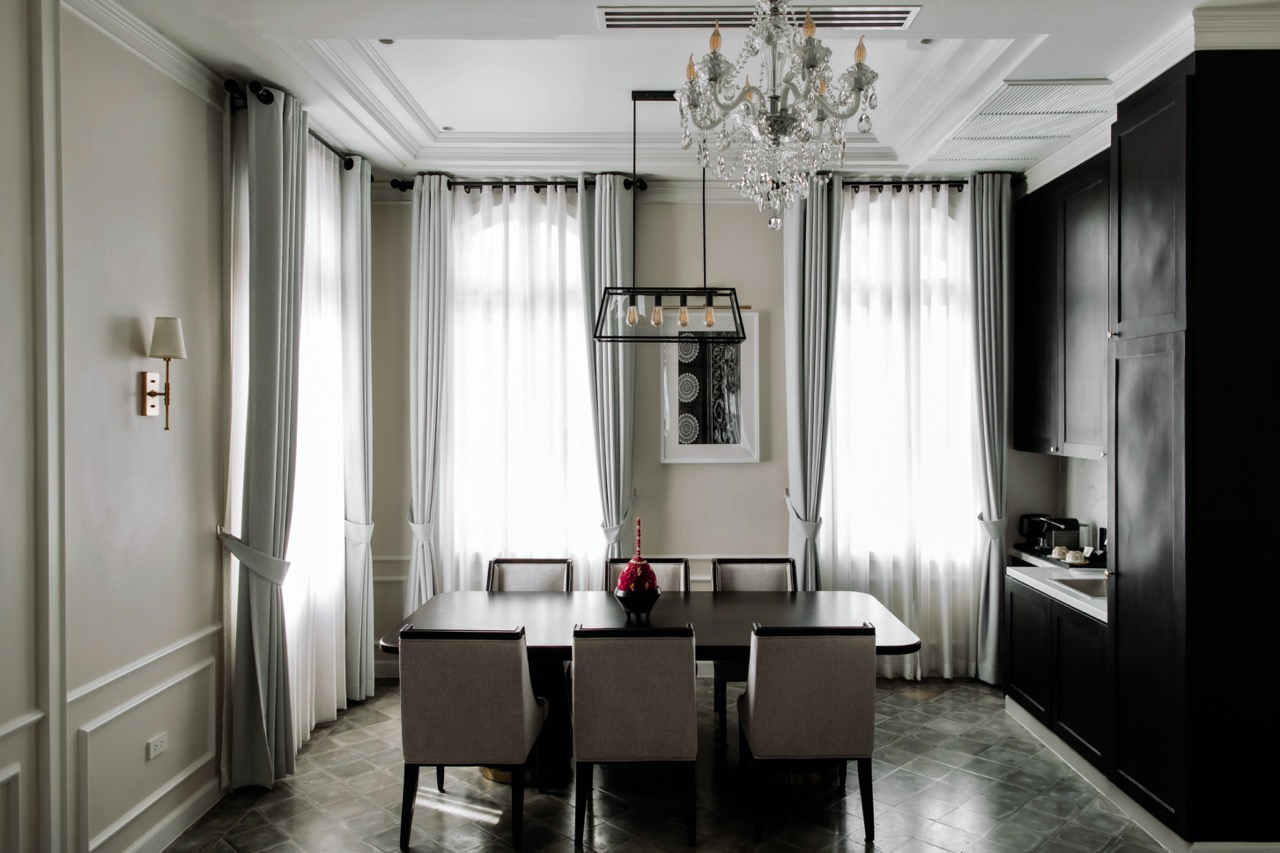
The “Souphattra Experience” is no mere tagline.
Guests can try their hand at Lao culinary traditions through immersive cooking classes led by in-house chefs. There’s no pomp, just practice—banana leaf parcels, aromatic herbs, gentle laughter from the kitchen’s open shutters. The result: a plate that is not just delicious, but deeply rooted.
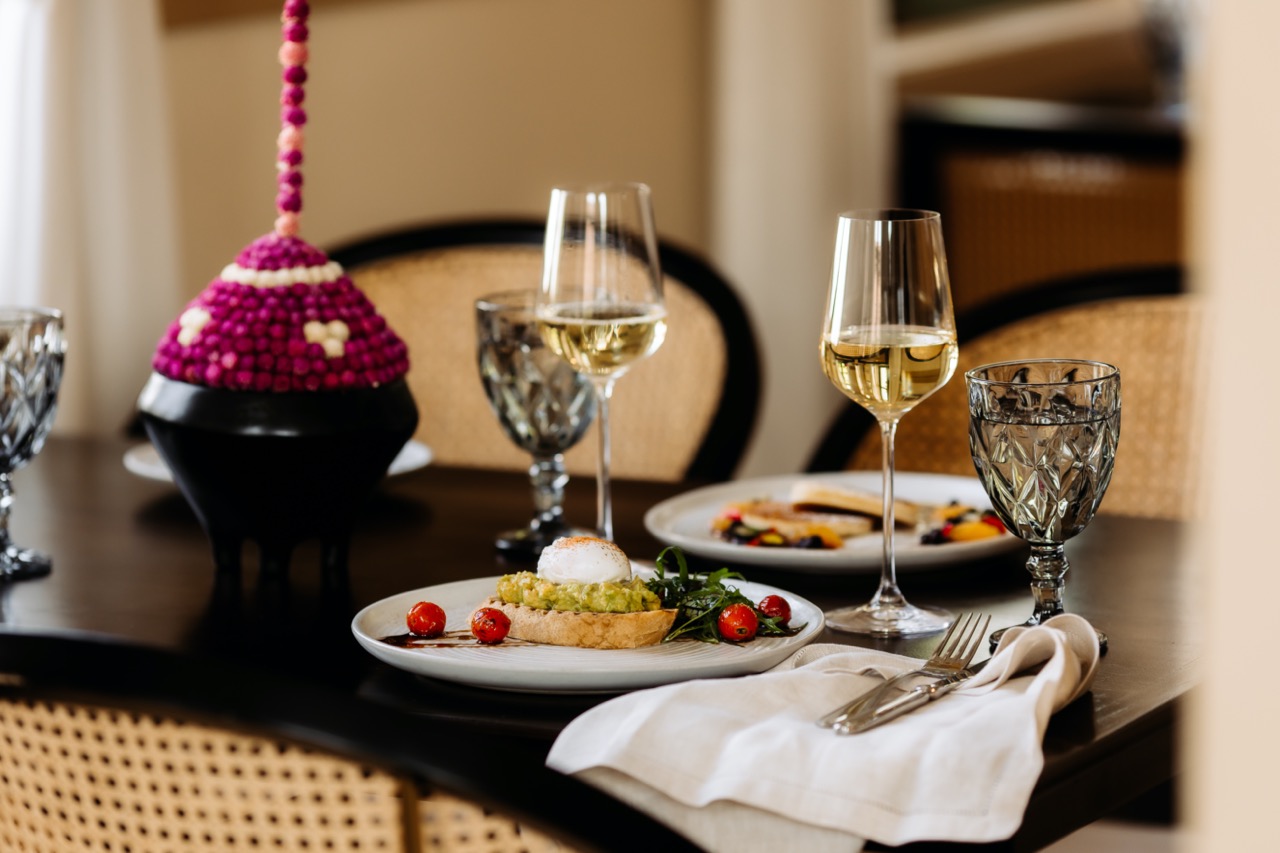
Sustainability is no afterthought either. Here, luxury walks hand in hand with responsibility—biodegradable amenities, locally sourced ingredients, and partnerships with artisans and craftsmen keep the experience grounded. The approach is quiet, but firm. Like much of Souphattra, it doesn’t need to shout to make a point.
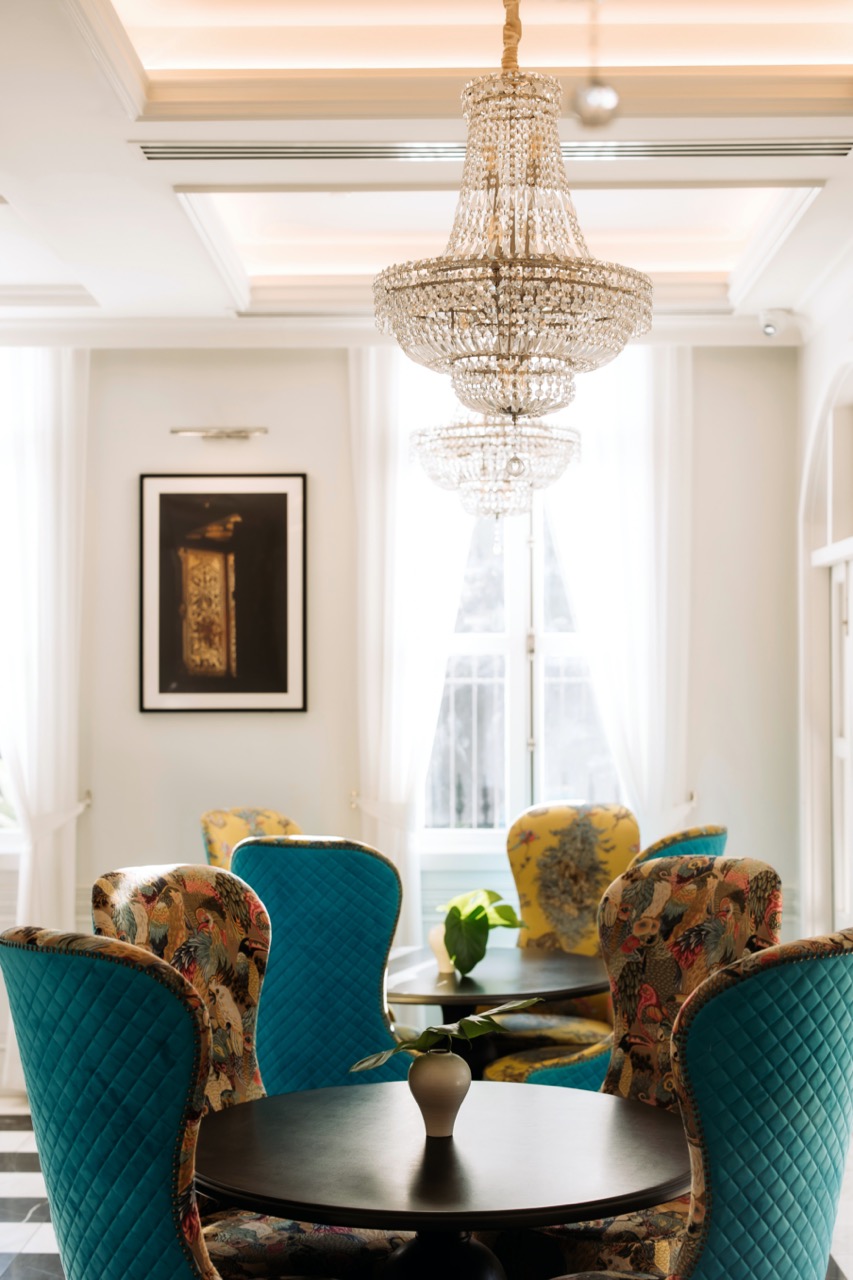
Describing the stay in three words, the team offers: Oasis. Heritage. Hospitality. But perhaps one more is needed: Presence. For it’s in the stillness between temple visits and poolside tea, in the rustle of linens and the hush of the gardens, that Souphattra leaves its most lasting impression—not in spectacle, but in attention.
In a city dancing between past and present, Souphattra Heritage Vientiane doesn’t take sides. It simply holds the door open and invites you to dwell—elegantly, consciously, and perhaps, for a moment, timelessly.
For bookings or more info,
visit souphattra.com.
Getting there:
Lao Airlines flies to Vientiane from many domestic and regional airports.
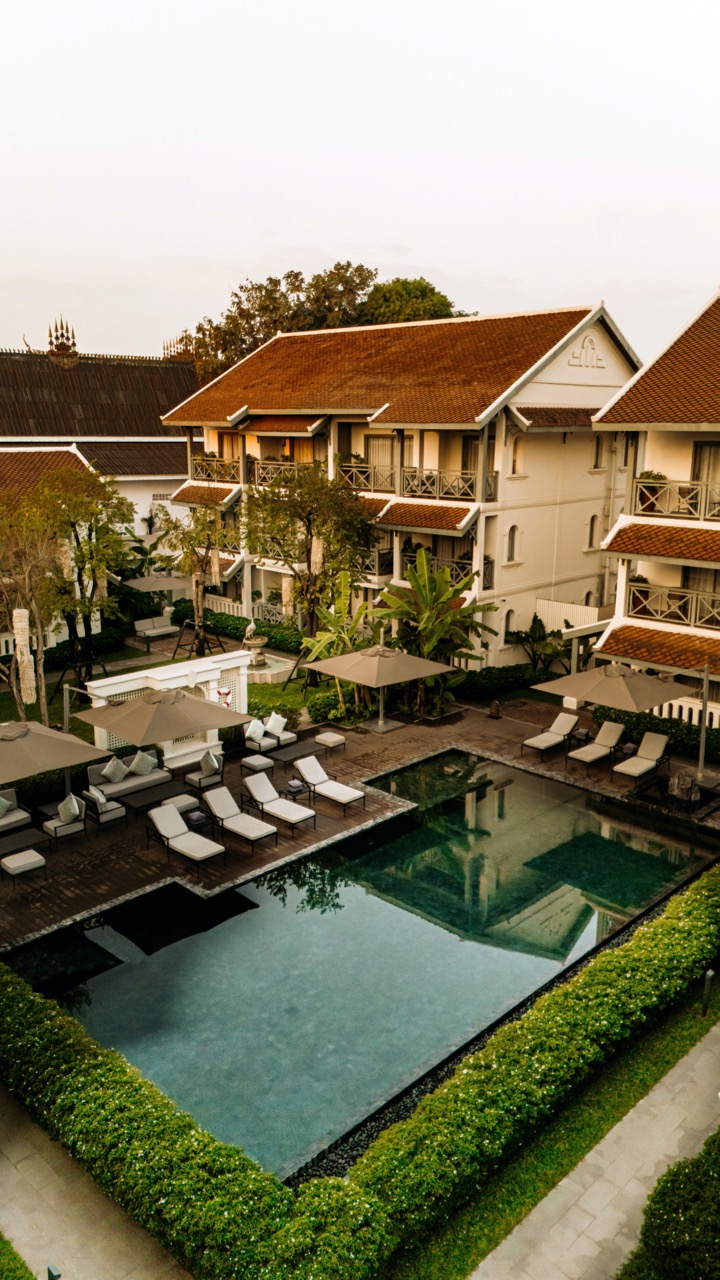



 ລາວ
ລາວ